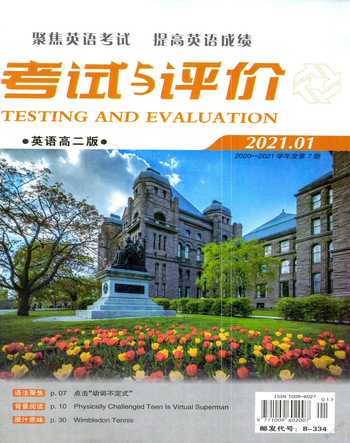NASA Challenge Seeks Ideas to Unload Lunar Cargo
肖捷
As NASA moves forward with its Artemis program, which will see robots and humans explore more of the Moon than ever before throughout this decade, the agency is trying to “unpack” the many ways it can build in sustainable operations at the onset. One area the team is pondering is the work that needs to be done after cargo sent to the Moon reaches its destination.
Following a successful landing, robots or crew members will have to unload cargo ranging in size from a shoebox to potentially a golf cart in the harsh, reduced gravity conditions of the Moon. To meet this need, NASA is asking teams around the world to submit innovative ideas and concepts to unload cargo from lunar landers in the Lunar Delivery Challenge.
“Were excited about the dozens of robotic and human missions to the Moon this decade as part of the Artemis program. Were tapping into the public domain to help us solve the challenges that will come with long-term exploration including the potential to automate cargo operations on the surface,” said Paul Kessler, an organizer of the Lunar Delivery Challenge, with NASAs Langley Research Center in Hampton, Virginia. “Many people want to be part of something great, and here is a chance to help us on the Moon, which is where we will prepare for human exploration of Mars.”
During the Apollo era, unloading the Lunar Roving Vehicle required two astronauts working together using cloth tapes, braked reels, and pulleys. More recently, NASA has explored concepts for cargo handling on the Moon that incorporate robotics and novel design features to offer potential solutions. However, the agency is still evaluating its options for systems that can work with a variety of payloads that can be deployed without crew. Ideally, a cargo handling system would be fully autonomous and capable of operating without human interaction as NASA will send new instruments and experiments to the Moon ahead of crew, and between crewed missions.
For the Lunar Delivery Challenge, concepts must demonstrate, with a high degree of confidence using written descriptions, that they can offload payloads in the lunar environment, which has no atmosphere, broad temperature swings, reduced gravity, abrasive dust, and uneven terrain with potential obstacles. Additionally, submissions must fit in a payload fairing that can hold payloads of approximately 6,600 to 11,000 pounds (3-5 metric tons) inside a diameter of 16 to 26 feet (5-8 meters). Submissions should be autonomous or semi-autonomous technologies able to
unload at least one of three separate classes of payloads, though submissions with the versatility of handling a variety of payload classes will rank higher on judging criteria.
Submissions may involve existing technology or ideas based on sound reasoning. High quality proposals that offer thoughtful and complete explanations of how the unloading designs meet specifications and consider the lunar surface in addition to mass and volume will score higher in judging criteria. NASA encourages team submissions, and while complete solutions are likely to score higher, judges will consider partial solutions.
“This effort will let us tap into innovative ideas from folks not only with space operations background but experience in relevant areas like logistics and transportation to improve our plans for space exploration,” said Tracy Gill, an organizer of the Lunar Delivery Challenge, with NASAs Kennedy Space Center in Florida. “Our goal is to implement approaches that make operations on the surface of the Moon practical, effective, and sustainable.”
The challenge will award up to $25,000 in total prizes to up six winners, with first place awarded up to $10,000. The submissions deadline is Jan. 19, 2021. Winners may also receive non-monetary incentives, which may
include an opportunity to present the concept to NASA technical staff.
The prize is open to anyone 18 or older participating as an individual or as a team. Individual competitors and teams may originate from any country, as long as United States federal sanctions do not prohibit participation. To be eligible to compete, you must comply with all the terms of the challenge. A related NASA competition—Advanced Lightweight Lunar Gantry for Operations (ALLGO) Challenge—sought 3D models of an effective lunar gantry. The Lunar Delivery Challenge is open to any potentially viable approach and does not require 3D designs.
NASA and its partners will establish a sustainable human presence on the Moon by the end of the decade with the Artemis program. The agency has contracted with commercial companies to robotically land science experiments and technology demonstrations on the Moon twice per year starting in 2021. These early deliveries will be uncrewed landers carrying numerous shoebox-sized payloads as part of NASAs Commercial Lunar Payload Services initiative, but will rapidly scale up to carrying larger payloads. And for the first time since the Apollo era, NASA is working with commercial partners to design and develop human landing systems, which will land the first woman and next man on the surface of the Moon in 2024.

